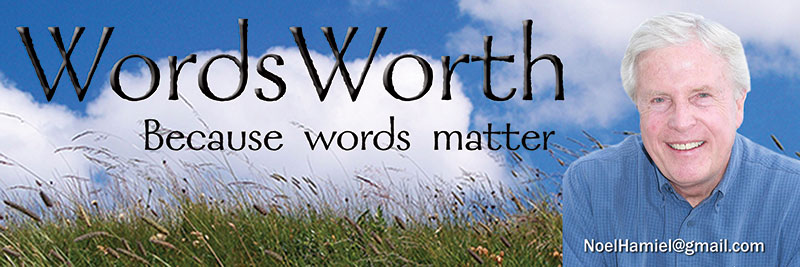Mother Nature: “People need to be cautious because anything built by man can be destroyed by Mother Nature.” – Russel Honore, commander, Joint Task Force Katrina
Charlie, who ranches south of Murdo, pointed down the bank of the White River, first left, then right.
“Remember the new fence I showed you last year?”
I replied that I did, but there was no evidence of it now.
It was buried under five or six feet of silt caused by record rainfall.
Charlie figures he’ll have to trust the still hard-flowing White River to keep the cattle in this fall and winter since a second new fence in as many years isn’t in the cards.
If you had blindfolded me and taken me to the banks of the White River where I stood last week, I wouldn’t have recognized it because it’s still two or three times as wide as normal and running like the Missouri before it was dammed up.
Though nearly 600 miles long and a familiar sight in Nebraska and
South Dakota, the White River historically is more of a watery band than a source of destruction. Most of the time, its white-gray water meanders contentedly along – if it flows at all.
Next to the White, the river bottom is cut with deep undulations from heavy water rushing in from the north and northwest. What was wonderful hay land or pasture perfect for wintering cattle because of the protection afforded by the hills now is nearly impassable by a four-wheeler, much less a pickup truck.
Bad as it is, Charlie’s challenge is a very small slice of what has happened around the state – and the nation — all summer and this month. In Mitchell, where we made our home for 17 years, the city is struggling mightily with inundated streets, homes and commercial property. The recent deluge has ruined a number of residences and businesses. It’s the same story in Madison, other towns and much of eastern South Dakota and Nebraska.
The rainy year that created planting hurdles for farmers has also caused widespread infrastructure problems.
The immediate challenge of repairing lives and property is nearly overwhelming in some areas, but reports I’ve seen confirm that South Dakota’s ability to help each other is alive and well.
The state will get through this, and along the way it will have to figure out how to pay for all the damage and destruction to public property. Just the bill for roads and bridges, yet uncalculated, is apt to be a big, big number.
The human cost is much harder to measure.
Sept. 25, 2019
